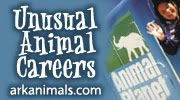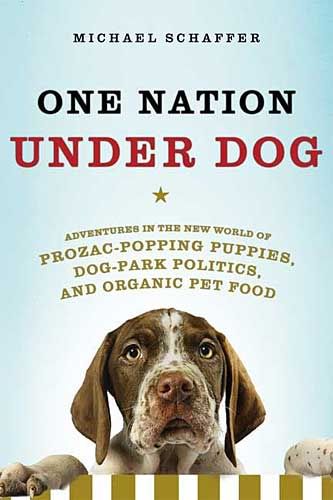If you are seeking an animal career the best way is to begin is by reading my Unusual Animal Career series here at ArkAnimals.Com.
Believe it or not, many of the questions I get from website visitors are already covered there.
You can also check out my Animal Career Secrets blog for previous posts on specific careers and updates or consider hiring me for an animal career consultation.
Not too long ago I received a question from Shiraj:
How do I get a job which helps me learn more about the wild animals ? I leave in India (Bangalore) I really want to work in jungles and zoos. I just love animals and I also have knowledge about some animal behaviour, like how they hunt, what they eat, how they interact with each other. Could you help me find a job which will help me learn about and protect endangered animals?
First off, I believe your question is related to helping you narrow down careers that would fit your interests.
I don’t have enough information beyond where you live to even begin to address this question because there are many options.
Your age, education, and experience would be helpful to have in order to help you define what you might look at.
Also, the skills you possess and natural aptitudes can be good indicators for what job you might be best at.
I am glad you contacted me to ask your question but I don’t have enough information.
Also, it is necessary to clarify a point–because you are not the only one to write asking for help.
No one else can do the leg work for you. If you want an animal career you have to earn one.
These days people seem to think that they don’t have to work to get one and don’t recognize the enormous competition or demands that come with any animal career.
The first step is to start researching what organizations and opportunities are in your area. (Again, start by reading my Unusual Animal Career series because it walks you through the process.)
I can’t tell you how many parents write asking for information for their kids.
What this tells me is that the kid (teen, young adult) is not motivated enough to seek out answers and therefore lacks the drive or interest that would make most animal professionals or groups want to hire them.
You are ahead of the game because you are seeking help.
Another tip is that you need to begin by narrowing your choices and by doing a self assessment.
Next, understand that any job will provide opportunities for you to learn more about the job and the animals you will work with.
In reading your submission, one of the biggest hurdles you face at the moment is that work in the jungle is vastly different from zoological work.
Personally I think it might be an adventure to work in the jungle…but there are also hardships there that you would not find in a zoo.
If you decide to seek work in the jungle then I’d encourage you to get involved with NGOs in your area.
Perhaps there is an internship position or a volunteer opportunity you can explore.
Relationships with others in the jobs or at the organizations that interest you will help you form connections and create opportunities that might not be available to you otherwise.
In addition, on-the-job experience through such volunteer or internship positions will help you narrow down what you like and dislike and quickly show you if you have the right aptitude for the particular experience (organization/job).
If you are still in school– find out what you might need to study to give you an edge over others seeking an animal career by writing to different groups and finding out what their educational requirements are.
The main thing is to clarify what it is you want to do, try out those particular roles to see if they are a good fit, make sure your education fits the job(s) with animals you desire, and develop relationships with those organizations and the people in them.
I hope these suggestions help you on your journey to obtain an animal career. Be sure to keep me posted on your progress and good luck!



